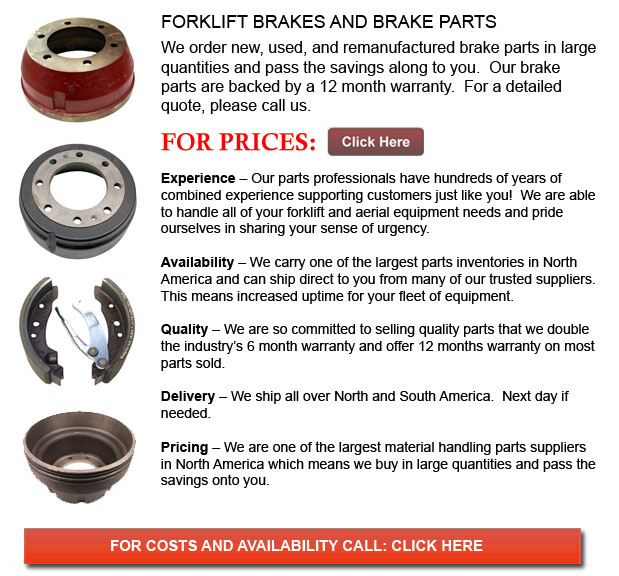
Forklift Brakes - A brake drum is wherein the friction is provided by the brake shoes or brake pads. The shoes or pads press up against the rotating brake drum. There are several other brake drums types together with certain specific differences. A "break drum" will generally refer to whenever either pads or shoes press onto the interior outside of the drum. A "clasp brake" is the term used to describe if shoes press against the exterior of the drum. Another type of brake, referred to as a "band brake" utilizes a flexible band or belt to wrap round the outside of the drum. Where the drum is pinched in between two shoes, it could be called a "pinch brake drum." Similar to a typical disc brake, these kinds of brakes are rather rare.
Old brake drums, before 1955, required to be consistently modified to be able to compensate for wear of the shoe and drum. "Low pedal" could cause the needed modifications are not carried out satisfactorily. The motor vehicle could become dangerous and the brakes can become ineffective whenever low pedal is mixed along with brake fade.
There are a variety of Self Adjusting Brake Systems existing, and they can be categorized within two major types, RAD and RAI. RAI systems have inbuilt devices that avoid the systems to recover whenever the brake is overheating. The most popular RAI makers are Bosch, AP, Bendix and Lucas. The most famous RAD systems consist of Ford recovery systems, Volkswagen, VAG, AP and Bendix.
Self adjusting brakes usually use a device that engages just whenever the motor vehicle is being stopped from reverse motion. This stopping method is suitable for use where all wheels make use of brake drums. The majority of vehicles these days make use of disc brakes on the front wheels. By functioning only in reverse it is less likely that the brakes will be applied while hot and the brake drums are expanded. If adapted while hot, "dragging brakes" can take place, which increases fuel expenditure and accelerates wear. A ratchet mechanism which becomes engaged as the hand brake is set is another way the self adjusting brakes can work. This means is just appropriate in functions where rear brake drums are utilized. Whenever the emergency or parking brake actuator lever goes over a particular amount of travel, the ratchet developments an adjuster screw and the brake shoes move in the direction of the drum.
There is a manual adjustment knob located at the base of the drum. It is typically adjusted through a hole on the other side of the wheel and this requires going beneath the lift truck using a flathead screwdriver. It is of utmost importance to move the click wheel properly and adjust every wheel evenly. If uneven adjustment takes place, the vehicle may pull to one side during heavy braking. The most effective way in order to make sure this tiresome job is accomplished carefully is to either raise every wheel off the ground and hand spin it while measuring how much force it takes and feeling if the shoes are dragging, or give every\each and every one the same amount of clicks manually and then do a road test.
![]() Click to Download the pdf
Click to Download the pdf
Forklift Parts
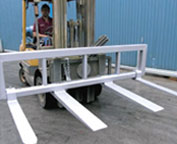
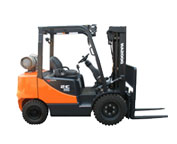
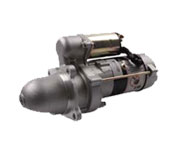
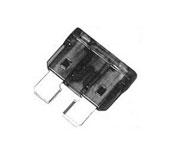
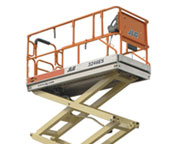
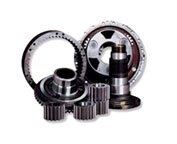
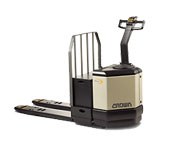
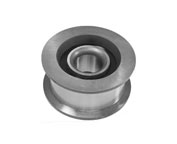
Lift Parts Express
TOLL FREE: 1-888-695-7994
LOCAL: 509-209-9708
1818 WEST FRANCIS AVE 198
Spokane, Washington
forkliftpartsspokane.com
Email Us
About Us


